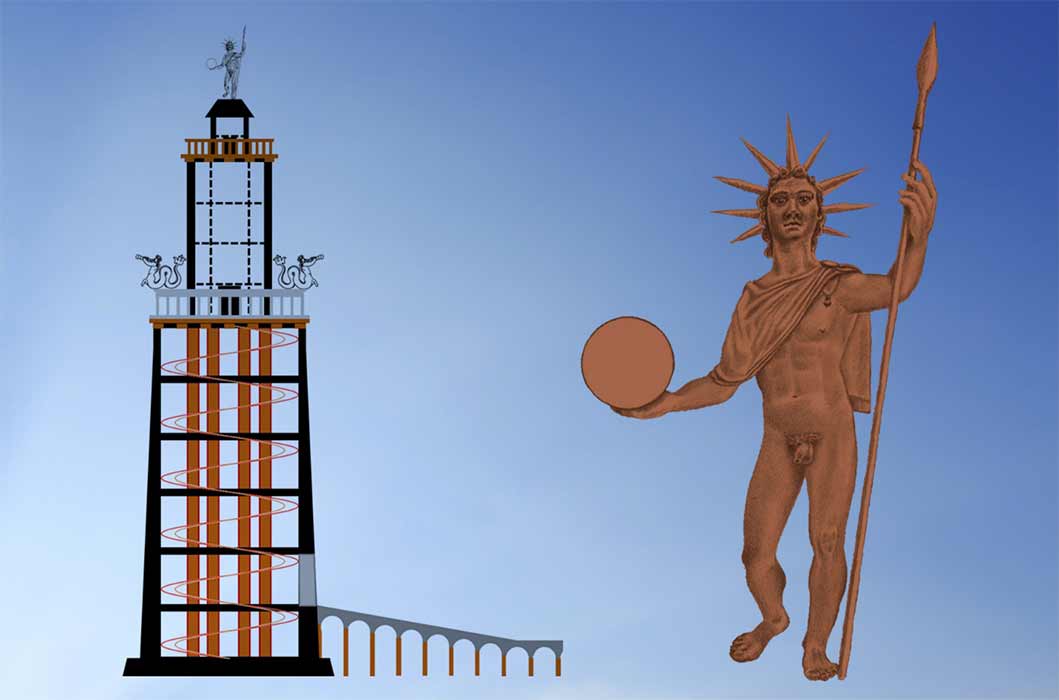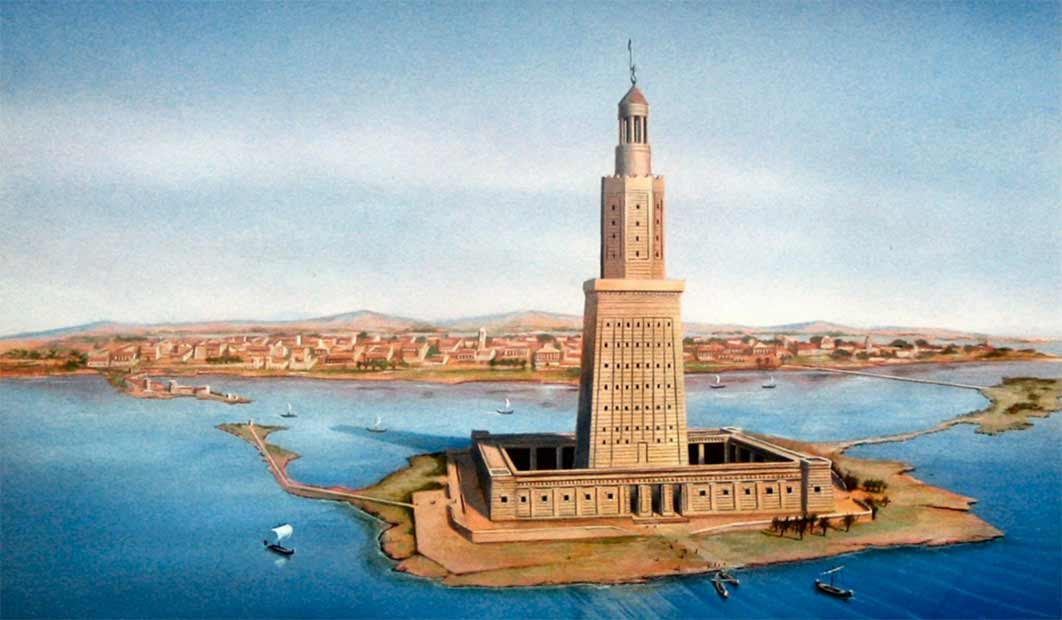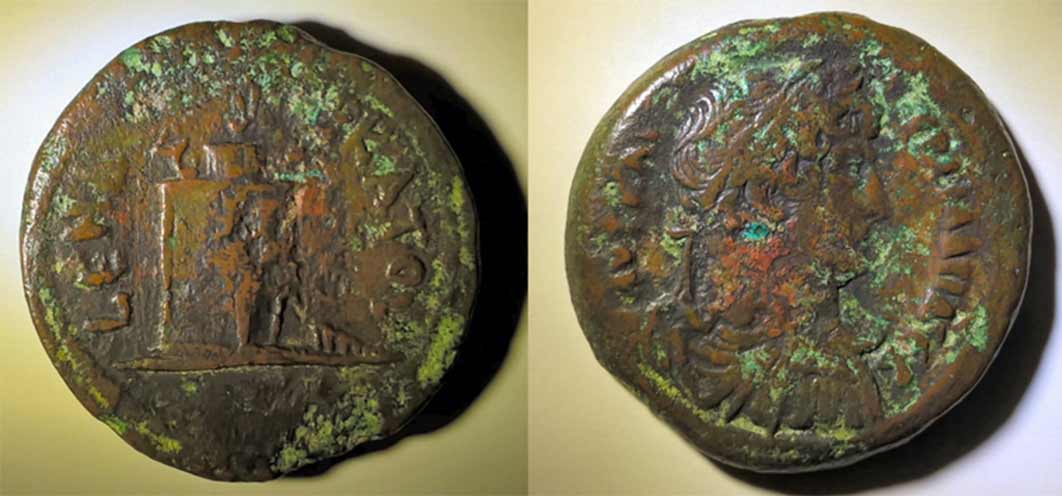
The Pharos Lighthouse Of Alexandria – Second Sun And Seventh Wonder Of The Ancient World
The Pharos lighthouse in Alexandria was constructed in the first two decades of the third century BC and it may have been nominated as one of the world’s Seven Wonders as early as the middle of the same century by the Alexandrian poet Callimachus in his book entitled A Collection of Wonders in the Whole World Organised by Place. Sadly, however, that wondrous work of literature is entirely lost and the earliest surviving manuscript to incorporate the Pharos among the Seven Wonders can only be traced back as far as the Gallic bishop, Gregory of Tours, writing in the sixth century AD. That makes it the last of the Wonders in the standard list to have been added, yet it was by no means the least: one can argue that it was the greatest.
Calamitous earthquakes in 1261 and 1303 seem to have been mainly responsible for the Pharos having almost entirely collapsed by the middle of the 14th century AD. The razing of the reality then led to a flowering of fantasy reconstructions over the ensuing centuries in the art and literature of the West. However, in 1909 Hermann Thiersch succeeded in re-instating some of the ancient evidence and produced the first modern reconstruction that bore any significant resemblance to the original structure.

Thiersch’s 1909 reconstruction of the Pharos with its pillared lantern and surrounding portico set in context at the mouth of the Great Harbor of Alexandria (Image: Courtesy Andrew Michael Chugg collection)
The Conundrum Of The Pink Columns
It is essentially Thiersch’s vision of the lighthouse that has dominated the public perception of this edifice for the past century right up to the present day. For example, Thiersch’s Pharos featured as a co-star in the 2009 movie Agora about the fourth century AD Alexandrian philosopher Hypatia. Nevertheless, it looks as though Thiersch misinterpreted two key aspects of the evidence: firstly, the relevance of the large numbers of ancient pink granite columns which he saw scattered around the modern site and secondly the nature of the light of the Pharos.
Mainly in order to provide an explanation for the columns, Thiersch invented a rectangular portico incorporating a forest of such pillars surrounding the base of the tower. However, firstly this prominent feature is entirely absent from every ancient image of the lighthouse and, secondly, such a portico would have obstructed the long approach ramp to the main portal of the Pharos, which stood at least a storey above ground level. Many of the ancient coins and other antique images do depict this arched ramp and there exist antique descriptions from the Medieval period that suggest it had at least eight arches and therefore would have crashed straight through the middle of Thiersch’s portico.

Bronze hemidrachm of Hadrian from the 11th year (LΕΝΔΕΚΑΤΟV) of his reign or 127 AD depicting the Pharos with a long approach ramp supported on arches. (Image: Courtesy Andrew Michael Chugg collection)
A much better explanation of the columns is that they were used to support arches in the internal structure of the tower. For example, from an engineering point of view, it is inevitable that a very sturdy support structure for the narrower octagonal and cylindrical upper stages of the Pharos must have existed within the square base stage of the tower. This might well have taken the form of a stack of rings of arches. If each ring comprised eight such arches in an octagonal configuration, one has a perfect explanation for just why the middle stage of the tower resting atop this stack of arches was itself, as clearly reported by witnesses and shown by images, octagonal.
Let There Be Light
Many lesser ancient lighthouses evidently employed the flames of a fire at their summit as their light. On this general basis rather than any evidence specific to the Pharos, Thiersch assumed the presence of a similar fire near the peak of the Pharos. However, the actual evidence on the Pharos is absolutely clear that it was topped by a large nude male statue. Thiersch therefore invented a kind of lantern comprising a hexagonal configuration of columns with the fire in their midst such that the columns supported a conical base for the statue. This architecturally pretty solution for the light has become the most iconic feature of Thiersch’s reconstruction notwithstanding the fact that it is utterly absent from every ancient image and description of the actual Pharos.




